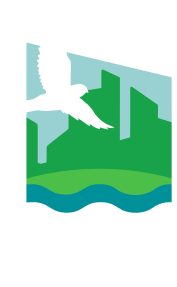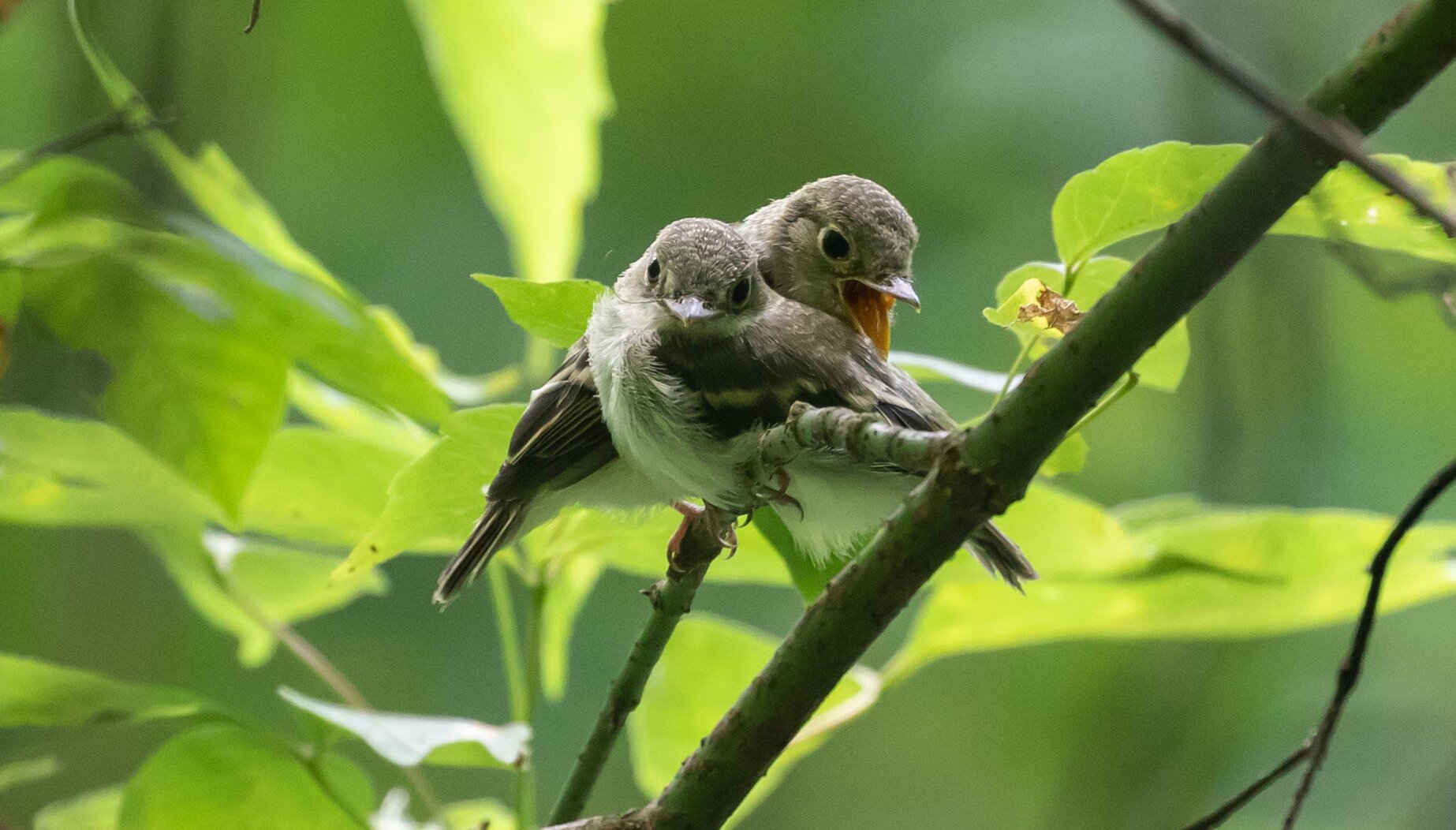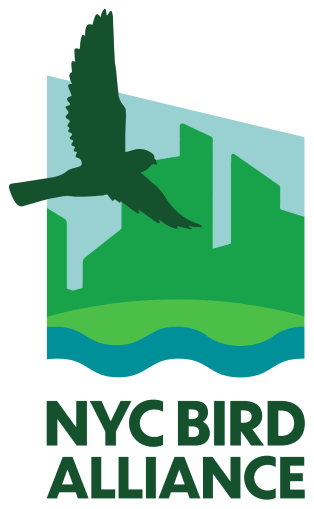Breeding Bird Surveys
Clapper Rails chicks in Plumb Beach, Brooklyn, in 2020. In 2020, Breeding Bird Atlasers confirmed breeding Clapper Rails in the marshes of Brooklyn, Queens, and Staten Island. Photo: Ryan F. Mandelbaum
New York City is a world famous bird migration hotspot, both spring and fall. In the springtime, millions of migrating birds funnel into our green spaces as they travel north along the Atlantic Flyway. Most rest and refuel for a few days, before moving on to breeding grounds far from here. But good variety, more than many birders realize, stay here to nest and raise young.
Thanks to conservation-minded individuals throughout New York City’s history, large tracts of City land have been preserved—and some of these parks and natural spaces hold excellent nesting areas. The Harbor Heron Islands are perhaps the City’s crowned jewel of breeding bird habitat. Our wetlands and beaches provide critical nesting sites for waterbirds like terns, gulls, and sandpipers. And a surprising number of land birds, including raptors, woodpeckers, flycatchers, and songbirds, also breed here. (Thanks to a recent emphasis on native plants, our urban habitat may be further enriched for nesting birds.)
NYC Bird Alliance has been involved in several surveys of New York City’s nesting birds, in addition to our 35-year-old Harbor Herons Nesting Survey and our surveys of beach-nesting birds: We conducted a partial breeding census of Central Park in 1994, and complete censuses in 1998 and 2008. We also conducted a census of Van Cortlandt Park in 2006. We are also now happy to be taking part in New York State’s third Breeding Bird Atlas.

The New York State Breeding Bird Atlas III runs from 2020 to 2024. Image: New York State Breeding Bird Atlas
New York State Breeding Bird Atlas III
The third Breeding Bird Atlas of New York State was launched on January 1, 2020, and will be conducted from 2020 to 2024. This community science effort will provide an important assessment of breeding birds across the state, in comparison to atlases conducted from 1980 to 1985 and 2000 to 2005. The first two atlases have been the definitive resources used by New York state agencies and conservation organizations to assist in planning efforts and assessing the status of species. New York City’s Atlas is being coordinated by NYC Bird Alliance, and volunteers across the City have begun work recording breeding behaviors. A key change from previous atlases this time around is the use of eBird for data collection. eBird offers real-time data entry and outputs, so anyone can follow along with results throughout the breeding season and across the entire project period.
 "}" data-trix-content-type="undefined" class="attachment attachment--content">
"}" data-trix-content-type="undefined" class="attachment attachment--content">So far, eBird has been a startlingly successful method: by May 2020, eBird-using Atlasers across the state had already submitted more data than was collected during the entire five-year period of the second Atlas in 2000-2005. And in our early New York City results, we already see striking diversity in our nesting birds. Confirmed breeding species so far have included Black Skimmer, Piping Plover, Cooper’s Hawk, Barn Owl, Ruby-throated Hummingbird, Common Raven, Red-eyed Vireo, Blue-Gray Gnatcatcher, American Redstart, and Scarlet Tanager! In the first two atlases, as well as in NYC Bird Alliance’s previous atlases in New York City (see below to learn more), American Robin has often been the most abundant species. Will it be again? We will have to wait and find out.
Learn more about the Breeding Bird Atlas and explore results at www.ebird.org/atlasny/home. If you have questions about participating in the New York City count, contact us at nybba@nycaudubon.org.
Learn more about the Breeding Bird Atlas and explore results at www.ebird.org/atlasny/home. If you have questions about participating in the New York City count, contact us at nybba@nycaudubon.org.

A Cedar Waxwing on its nest. Cedar Waxwings were confirmed nesting in Central Park in NYC Bird Alliance’s 1998 and 2008 surveys. In 2020, this species was confirmed nesting in all five boroughs of New York City by volunteers for the NY State Breeding Bird Atlas. Photo: Mark Moschell/CC BY-NC 2.0
NYC Bird Alliance's Central Park Censuses (2008 and 1998)
Central Park is an extremely important habitat for migrating birds and also for birds that choose the park as a place to breed. In recognition of Central Park's importance to birds, the National Audubon Society and the American Bird Conservancy designated Central Park an Important Bird Area in New York State in 1998, recognizing the significance of its manmade avian habitats, which include meadows, grassy hillocks, rocky crags, woodlands, ravines, streams, ponds, lakes, and a reservoir. To assess the breeding species and their success, NYC Bird Alliance has conducted three past evaluations in Central Park: a partial census of the western side of the park in 1994, and a complete census in 1998 and again in 2008.
To conduct a complete census, in 2008 Central Park was divided into 20 blocks; volunteers visited each block eight times between May 24 and July 18, in order to cover early and late breeding species as well as the main June breeding period, and followed the nesting bird census protocol developed by the Cornell Lab of Ornithology. Volunteers identified and counted nests, as well as individuals they saw carrying nesting material or feeding young birds.
Some interesting changes occurred in the 10 years between the complete censuses. Although there were changes in the composition of species breeding in the park between the two years, the overall number of species and pairs observed remained quite stable. Twenty-eight native bird species were observed breeding in Central Park in both 1998 and 2008. Six species were confirmed as breeding in Central Park in 1998 that were not seen in 2008: Common Yellowthroat, Fish Crow, Great Crested Flycatcher, Mute Swan, Rough-winged Swallow, and Song Sparrow. However, six species were confirmed breeders in Central Park in 2008 that were not recorded in 1998: Barn Swallow, Black-capped Chickadee, Carolina Wren, Chipping Sparrow, Eastern Wood-Pewee, and Green Heron.
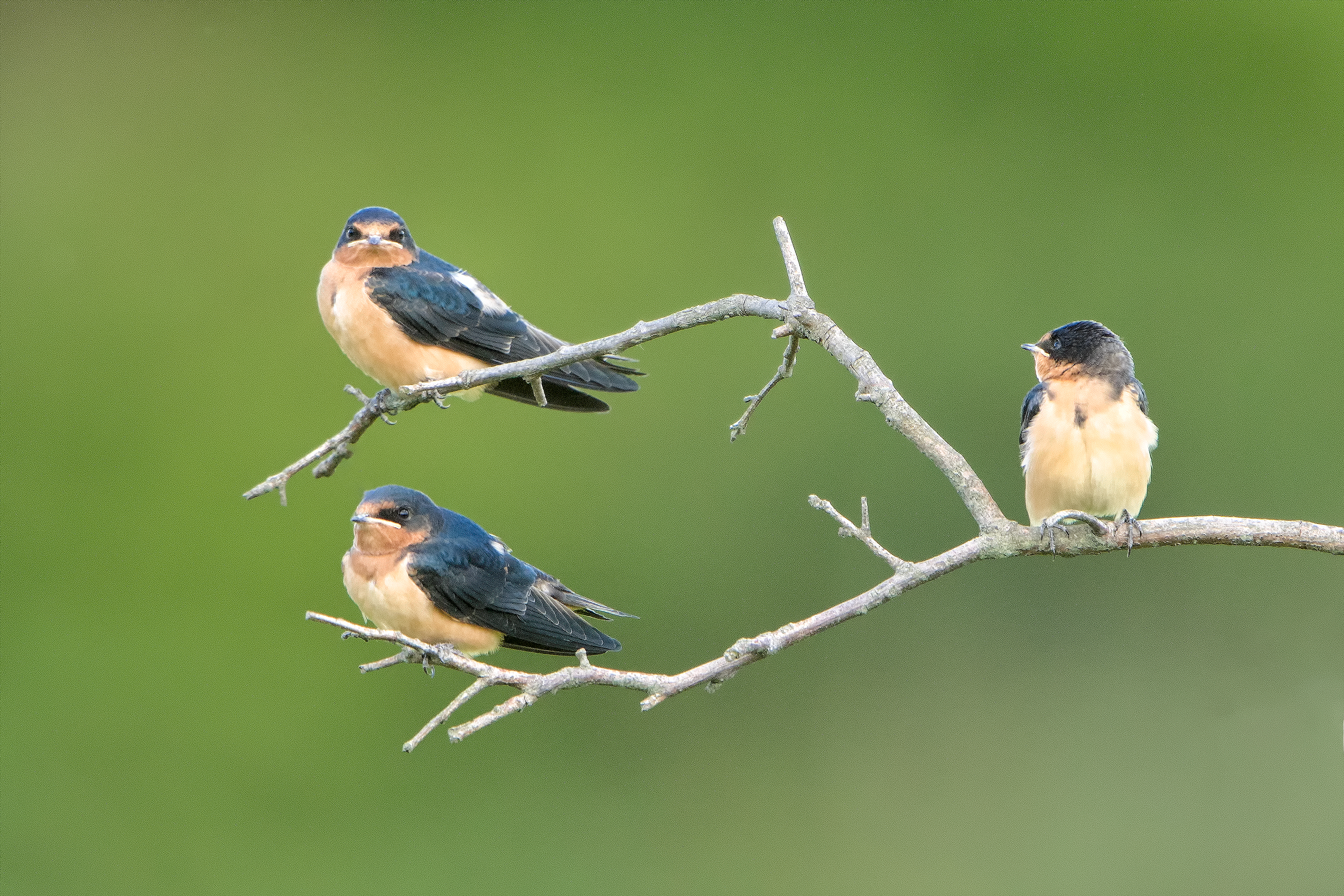 "}" data-trix-content-type="undefined" class="attachment attachment--content">
"}" data-trix-content-type="undefined" class="attachment attachment--content">The most common breeding bird in both years was the American Robin, with 205 pairs in 1998 and 193 pairs in 2008. Common Grackles were the second-most common in 1998, as were Blue Jays in 2008. The total confirmed number of breeding pairs was very similar in 1998 and 2008: there were 358 pairs in 1998 and 349 pairs in 2008 (excluding robins, the number was even closer: 153 pairs in 1998 and 156 pairs in 2008).
View the 2008 Central Park Census Observations.
View the 1998 Central Park Census Report.VCPbbcensus
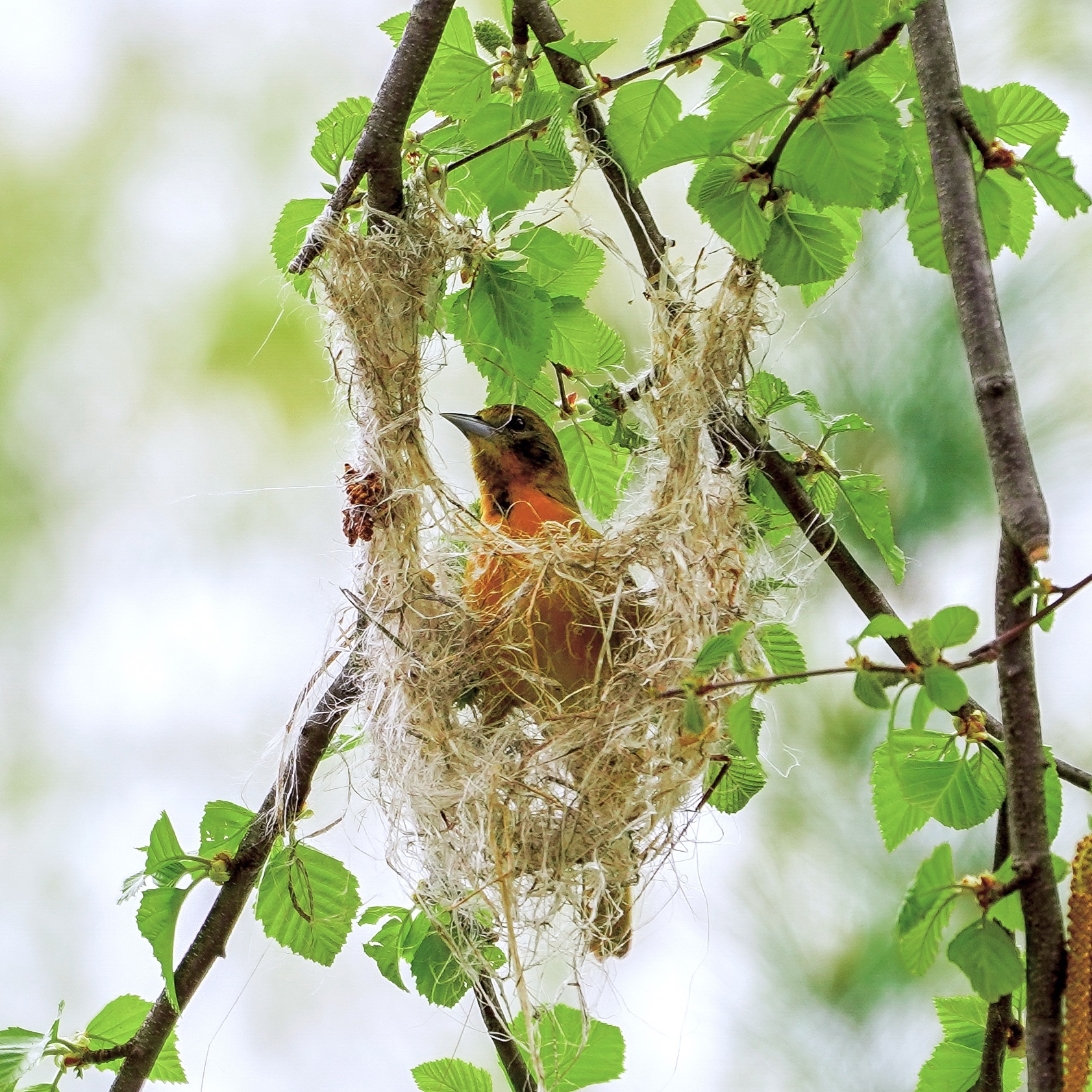
The Baltimore Oriole nests in all five boroughs and is a common breeding bird in Van Cortlandt Park. Photo: John Anes/CC BY-SA 2.0
Van Cortlandt Park Census
NYC Bird Alliance conducted a breeding and migratory bird survey of the Bronx’s Van Cortlandt Park in 2006. Just as in Central Park, the American Robin was the most numerous and widespread of native species with 49 breeding territories confirmed in all five sections of the park. Unlike Central Park, the Gray Catbird was second-most numerous with 27 confirmed territories. The Red-winged Blackbird, although only present in two sections, consisted of 19 breeding territories. The Baltimore Oriole, present in all five sections, had 18 breeding territories recorded.
Read more about the 2006 Van Cortlandt Park Census.
